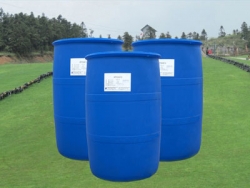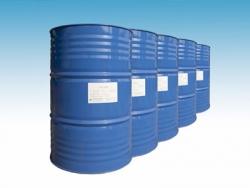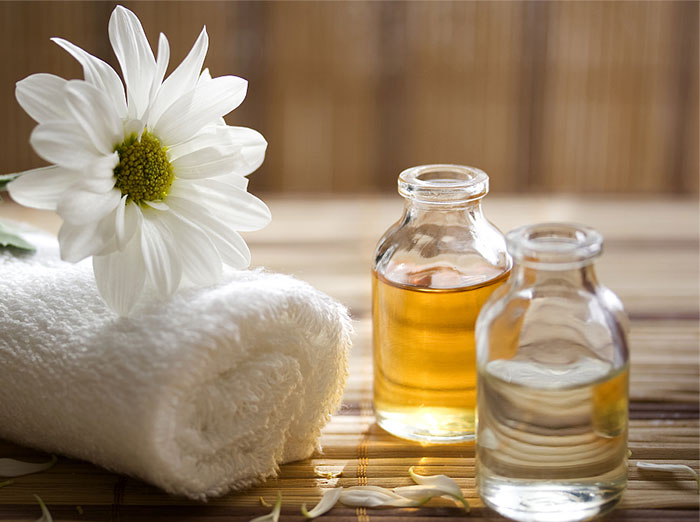Certain nonionic emulsifiers are the primary surfactants used in the cosmetic industry. As an emulsifier for formulating skin care lotions, alkyl polyglycosides must have good compatibility and compatibility. In order to meet the requirements of safety, viscosity, drainage, etc., the polyether-modified silicone-containing silicone surfactant is an emulsifier alkyl phosphate ester, amino acid surfactant, commonly used in the preparation of silicone oil emulsion. A fatty acid ester derivative of a glucoside and a sucrose ester alkyl glycoside polyglycerol fatty acid are also commonly used emulsifiers.
In the cosmetics industry, solubilizers are mainly used in the production of products such as lotions, hair oils, and hair growth conditioners. Since the oily components in cosmetics differ in structure and polarity, the mechanism of their dissolution is also different. Polyoxyethylene hardened castor oil, polyoxyethylene castor oil, polyoxyethylene sorbitan, polyglycerol fatty acid ester and other nonionic surfactants and castor oil-based amphoteric derivatives can achieve better hydrolytic effect.

When the lotion of the lotion is a fragrance, it should be dissolved with alkyl polyoxyethylene ether. Other surfactants used as solubilizers are required to be highly hydrophilic. In addition, the solubilizer should be non-irritating to eyes, skin, and the like.
The phenomenon in which a water-insoluble substance forms fine particles in water and is uniformly dispersed is called dispersion. Most of the surfactants used as dispersants are also emulsifiers, such as fatty alcohol ethoxylates, which have good dispersing properties. In addition, amphoteric surfactants are widely used in the manufacture of cosmetics due to their good detergency, biodegradability, mildness, low toxicity and low irritation, and have a good dispersing effect.

The surfactant has the ability to strongly adsorb on the surface of the particles. It is added during the processing of the pesticide preparation to facilitate the dispersion and suspension of the particles, and to ensure redispersion when the water is diluted in the spray tank to prevent particle aggregation. When an ionic surfactant is selected, it adsorbs on the surface of the particle to provide an electric repulsion, so that the particles remain separated from each other to provide a particle charge stabilizing effect; when a nonionic surfactant is selected, the lipophilic portion of the surfactant is adsorbed at On the particles, the hydrophilic portion extends into the aqueous phase to surround the particles, forming a spatial barrier that provides steric stabilization.

These all help to prevent the accumulation of particles of pesticide particles during processing and storage of the dosage form. Dispersing agents commonly used in pesticides are lignosulfonates, naphthalenesulfonate methyl condensates, polyoxyethylene alkylphenols and EO/PO block copolymers and comb-type graft copolymers.